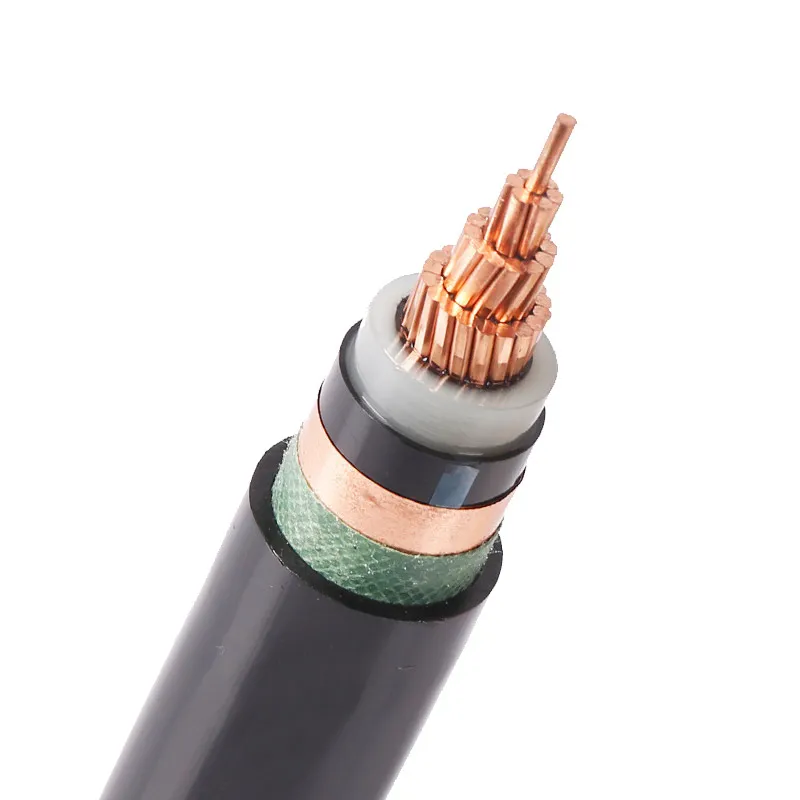Time: 2025-04-15 13:56:33 Source: Henan Province Jianyun Cable Co., Ltd.
Medium voltage cables are typically used for voltages between 1 kV (1000 volts) and 35 kV (35,000 volts). This range is defined by industry standards such as the International Electrotechnical Commission (IEC) and the National Electrical Code (NEC). Specifically:
So, you must use a medium voltage cable when the operating voltage exceeds 1 kV (1000 volts) but stays below 35 kV. Below 1 kV, low voltage cables (e.g., rated for 300V or 600V) are sufficient, while above 35 kV, high voltage cables are required. Think of medium voltage cables as the "middle lane" on the highway of electricity—suitable for moderate power needs without the heavy-duty requirements of high voltage systems.

Medium voltage cables are employed in scenarios where power needs exceed residential low voltage systems but don’t require the infrastructure of high voltage transmission lines. Common applications include:
Medium voltage cables are like the sturdy bridges that connect power sources to demanding destinations, ensuring a reliable flow of electricity.
Medium voltage cables must comply with specific standards to ensure safety, durability, and performance in their designated voltage range:
These standards ensure that medium voltage cables are equipped to handle their voltage range safely, much like safety regulations ensure a car can handle highway speeds without breaking down.
You must use medium voltage cables when the operating voltage is between 1 kV and 35 kV, a range that balances the needs of industrial, commercial, and renewable energy applications without requiring high voltage infrastructure. These cables are governed by standards like IEC 60502-2 and UL 1072, ensuring they can safely transmit power in diverse settings, from factories to solar farms. Choosing the right cable for the voltage level is crucial for safety and efficiency, keeping your electrical systems running smoothly.